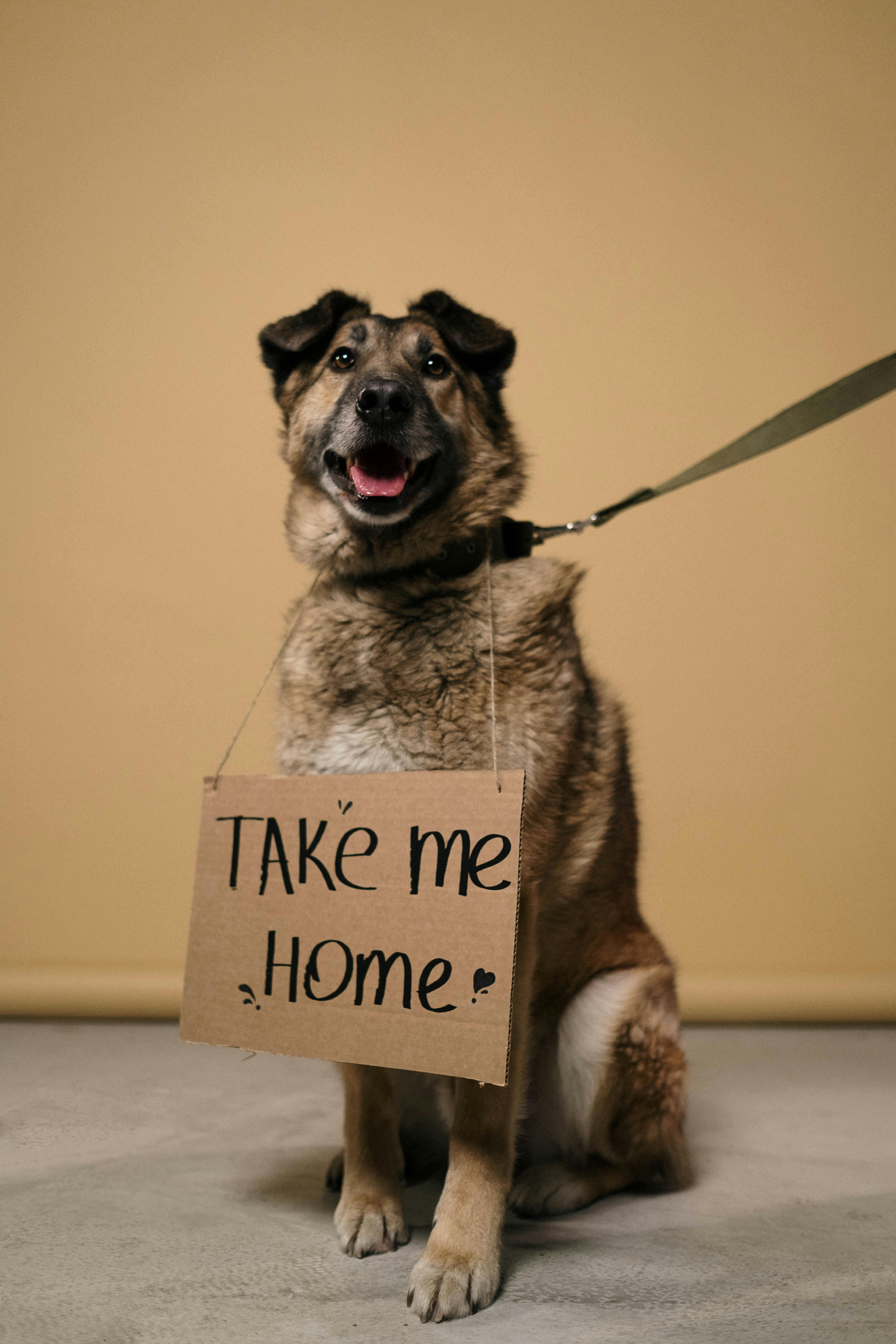Your Complete Guide to Dog Adoption: Process, Benefits & Tips
Adopting a dog is one of the most rewarding decisions you can make, offering a loving home to a pet in need while gaining a loyal companion. However, the adoption process involves several important steps and considerations that potential pet parents should understand before bringing their new furry friend home.

What to Expect During the Dog Adoption Process
The dog adoption process typically begins with researching local animal shelters, rescue organizations, and breed-specific rescue groups in your area. Most reputable organizations require potential adopters to complete an application that includes questions about your living situation, experience with pets, and lifestyle preferences.
After submitting your application, expect a screening process that may include phone interviews, reference checks, and sometimes home visits. This isn’t meant to be invasive but rather ensures the best match between you and your potential pet. Many organizations also require meet-and-greet sessions where you can interact with dogs that match your criteria.
The waiting period can vary from a few days to several weeks, depending on the organization and specific dog. Some shelters operate on a first-come, first-served basis, while others focus on finding the most suitable match regardless of application timing.
Benefits of Adopting a Dog Instead of Buying
Choosing adoption over purchasing from breeders or pet stores offers numerous advantages beyond the obvious benefit of saving a life. Adopted dogs often come spayed or neutered, vaccinated, and microchipped, which can save hundreds of dollars in immediate veterinary costs.
Many shelter dogs are already house-trained and have basic obedience skills, particularly adult dogs whose personalities and temperaments are fully developed. This eliminates the guesswork often associated with puppies, allowing you to choose a dog whose energy level and behavior patterns match your lifestyle.
From a broader perspective, adoption helps combat pet overpopulation and reduces demand for puppy mills, which often prioritize profit over animal welfare. Additionally, adoption fees are significantly lower than purchasing from breeders, making pet ownership more accessible to families across different economic backgrounds.
Common Mistakes to Avoid After Dog Adoption
One of the most frequent mistakes new dog parents make is rushing the adjustment period. The “3-3-3 rule” suggests that dogs need approximately three days to decompress, three weeks to learn routines, and three months to fully settle into their new environment. Expecting immediate perfect behavior can lead to frustration and unrealistic expectations.
Another common error involves inconsistent training and boundaries. While it’s natural to want to spoil your new companion, establishing clear rules from day one helps your dog understand expectations and reduces anxiety. This includes maintaining consistent feeding schedules, exercise routines, and house rules among all family members.
Many adopters also underestimate the importance of gradual introductions to new environments, people, and other pets. Overwhelming your newly adopted dog with too many new experiences simultaneously can increase stress and potentially lead to behavioral issues that could have been prevented with a more measured approach.
Understanding Adoption Costs and Financial Planning
While adoption fees are generally more affordable than purchasing from breeders, it’s important to understand the full financial commitment involved in dog ownership. Most adoption organizations charge fees to help cover the costs of care, medical treatment, and facility operations.
| Expense Category | Typical Cost Range | Annual Estimate |
|---|---|---|
| Adoption Fee | $50 - $500 | One-time |
| Food & Treats | $200 - $800 | $400 - $1,200 |
| Veterinary Care | $500 - $1,500 | $800 - $2,000 |
| Supplies & Equipment | $100 - $300 | $150 - $400 |
| Grooming | $200 - $600 | $300 - $800 |
Prices, rates, or cost estimates mentioned in this article are based on the latest available information but may change over time. Independent research is advised before making financial decisions.
Beyond the initial adoption fee, budget for ongoing expenses including high-quality food, regular veterinary checkups, emergency medical care, grooming, toys, and replacement supplies. Large dogs typically cost more to maintain than smaller breeds due to increased food consumption and medication dosages.
Preparing Your Home for Your New Companion
Before bringing your adopted dog home, create a safe, welcoming environment by dog-proofing your space. Remove or secure potentially dangerous items like toxic plants, electrical cords, and small objects that could be swallowed. Designate a quiet area where your new pet can retreat when feeling overwhelmed.
Purchase essential supplies in advance, including a collar with ID tags, leash, food and water bowls, appropriate dog food, a comfortable bed, and some basic toys. Having these items ready demonstrates preparation and helps your new dog feel more secure during the initial transition period.
Consider scheduling a veterinary appointment within the first week of adoption, even if your dog appears healthy. This establishes a relationship with a local veterinarian and ensures any potential health issues are identified early.
Dog adoption represents a significant commitment that brings immense joy and companionship to families willing to provide loving, responsible care. By understanding the adoption process, recognizing the benefits over purchasing, and avoiding common post-adoption mistakes, you’ll be well-prepared to welcome your new four-legged family member. Remember that patience, consistency, and love are the key ingredients for building a strong, lasting bond with your adopted dog.




